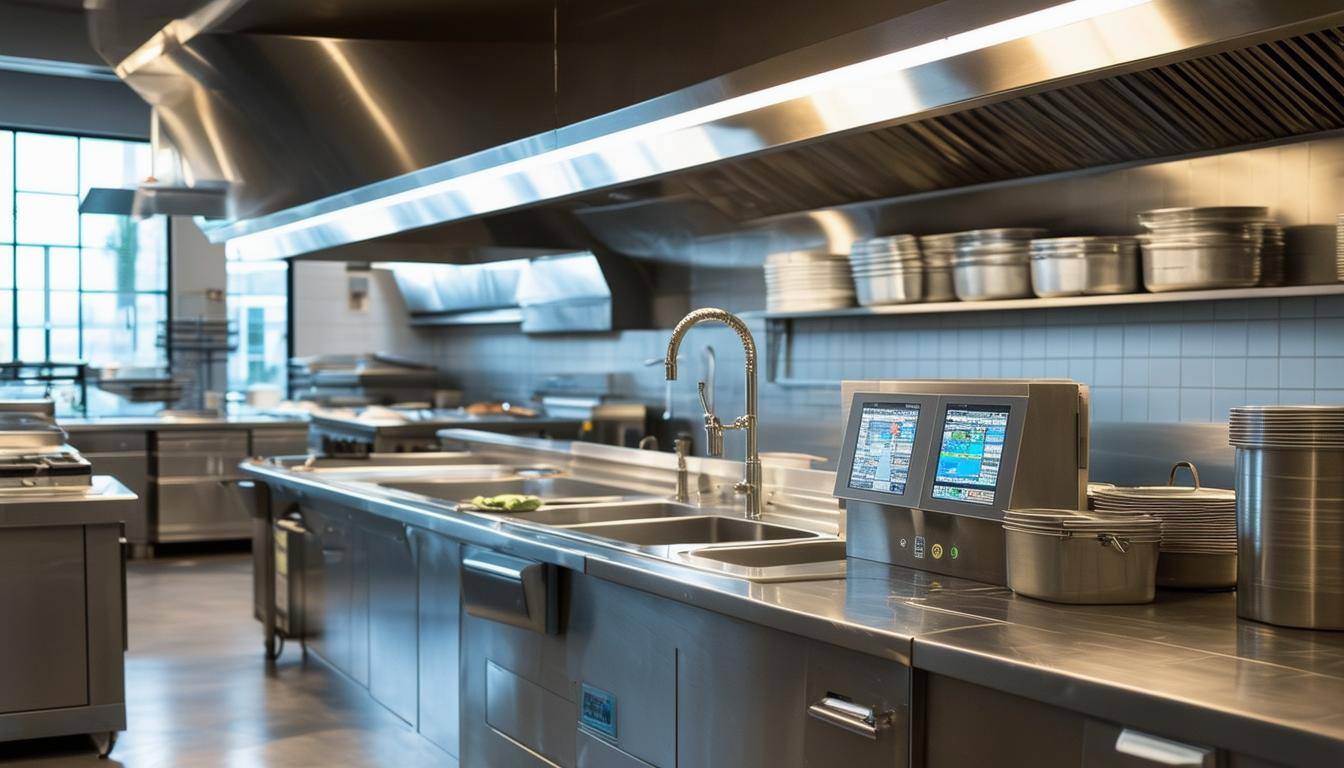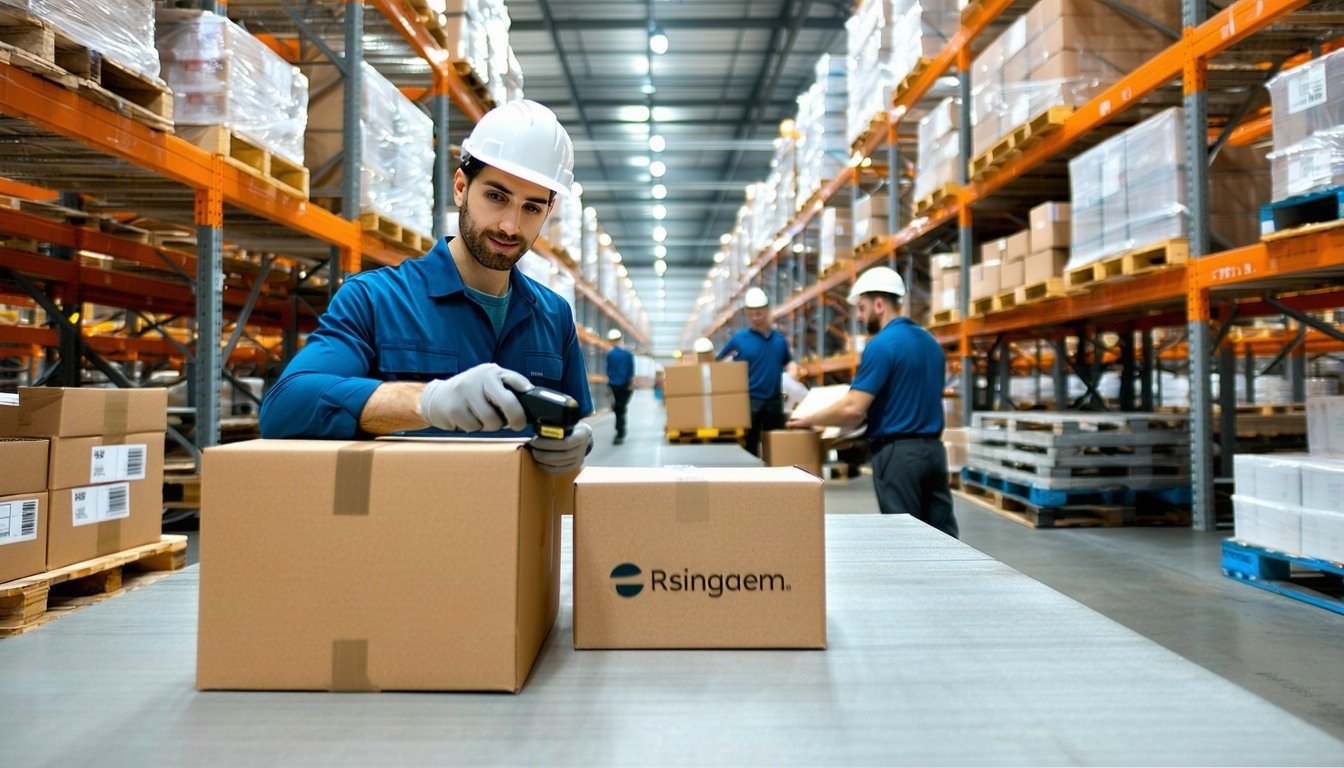Energy-Efficient Ways to Craft an Eco-Friendly Commercial Kitchen

Creating an eco-friendly commercial kitchen doesn’t just benefit the environment - it cuts costs and improves efficiency. Today’s business landscape values sustainability, with customers and staff appreciating efforts toward greener practices.
It starts with practical choices like selecting energy-efficient equipment, managing power usage wisely, and conserving water.
Modern solutions make it easier than ever to run a kitchen that’s good for profits and the planet.
Curious how you can upgrade your space? Read on for actionable ideas that truly make a difference.
Choosing the Right Energy-Efficient Appliances
Energy-efficient appliances are key players in a sustainable kitchen. They use less electricity and water, lowering utility bills while reducing your carbon footprint. Businesses must weigh performance with eco-friendliness when upgrading equipment.
Consider these points when selecting appliances:
- Energy Star Ratings: Always check for the Energy Star label, as it ensures efficiency without sacrificing functionality.
- Smart Functionality: Modern refrigerators and ovens often feature smart controls to optimize energy usage.
- Durability Matters: Long-lasting equipment minimizes waste from replacements over time.
Switching to eco-conscious appliances is an investment that pays off in savings and reputation enhancement. Customers appreciate businesses committed to environmental care.
Reducing Waste Through Smart Practices
Reducing waste involves more than cutting down on trash - it’s about adopting practices that maximize resources fully. It helps the environment while keeping operations cost-effective.
Key strategies include:
- Composting Food Scraps: Transform leftover organic material into compost rather than tossing it away.
- Inventory Control Systems: Use software tools to track inventory precisely and reduce spoilage.
- Reusable Solutions: Swap single-use items like paper towels or takeout containers for washable alternatives.
- Efficient Menu Planning: Plan meals based on available ingredients to minimize leftovers or surplus stock.
A real-world example comes from small cafés transitioning toward reusable glassware instead of plastic cups - a simple change saving money long-term while appealing visually!
Incorporating Water-Saving Strategies in Daily Operations
Conserving water in a commercial kitchen isn’t just eco-friendly - it cuts costs too. Kitchens can use thousands of gallons daily, but small changes make a big impact on reducing usage.
Ways to save water effectively:
- Install Low-Flow Faucets: These reduce water flow without affecting performance.
- Optimize Dishwashing Practices: Only run full loads in dishwashers, and pre-soak dishes instead of rinsing under running water.
- Fix Leaks Immediately: Even minor drips waste significant amounts over time if left unchecked.
- Water-Efficient Ice Makers: Scotsman Ice Makers provide an excellent example, producing high-quality ice while conserving water during production.
Some restaurants have even introduced greywater systems - reusing slightly used sink or dishwasher water for non-drinking purposes like cleaning floors or irrigating outdoor spaces. It’s practical and reduces overall consumption noticeably!
Designing a Kitchen Layout for Maximum Efficiency
An efficient layout streamlines workflows while cutting down on wasted energy and resources. Thoughtful design plays a critical role when planning upgrades or building new kitchens.
Key layout principles to consider:
- Zoning by Task Needs: Group stations (prep, cooking, washing) close together to minimize unnecessary movement.
- Ventilation Planning: Proper ventilation ensures air quality remains safe without relying excessively on HVAC systems.
- Appliance Placement Matters: Position refrigerators away from ovens to prevent overworking either system unnecessarily.
- Adequate Lighting Design: Use LEDs with sensors that activate only when necessary - a great way to save power subtly yet significantly.
Fast-casual dining chains often use open layouts that keep everything visible and efficiently arranged. This setup saves energy on cooling and heating, while an organized workspace improves staff productivity and supports long-term resource savings.
A Green Kitchen for a Sustainable Tomorrow
Transitioning to an eco-friendly commercial kitchen isn’t just about keeping up with trends - it’s a commitment to the future. Thoughtful equipment choices, waste reduction strategies, and efficient layouts make meaningful changes today that ripple forward.
Sustainability doesn’t have to feel overwhelming. Small adjustments - like focusing on water and energy efficiency - add up quickly in savings and environmental impact.
By prioritizing green practices now, businesses set themselves apart while protecting resources for years to come. The planet benefits - and so do you!
Related Posts
Join the movement.
Your Entourage journey starts here. Join Australia's largest community of over 500,000 business owners and entrepreneurs, and receive instant access to exclusive content and updates delivered straight to your inbox.



